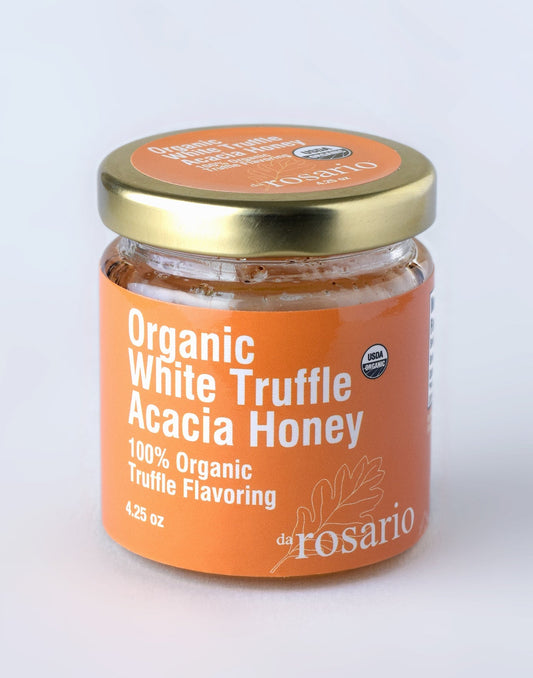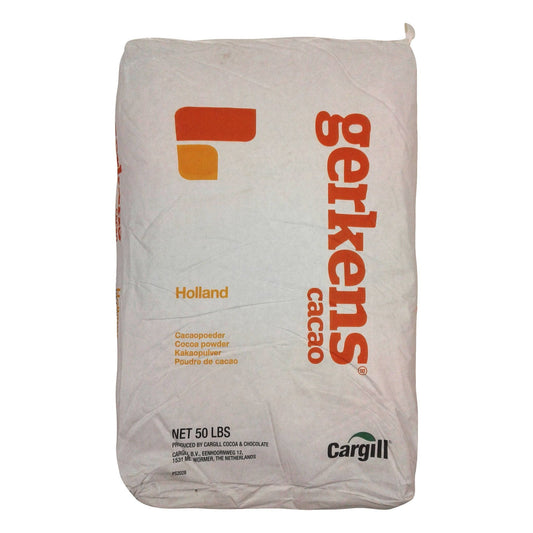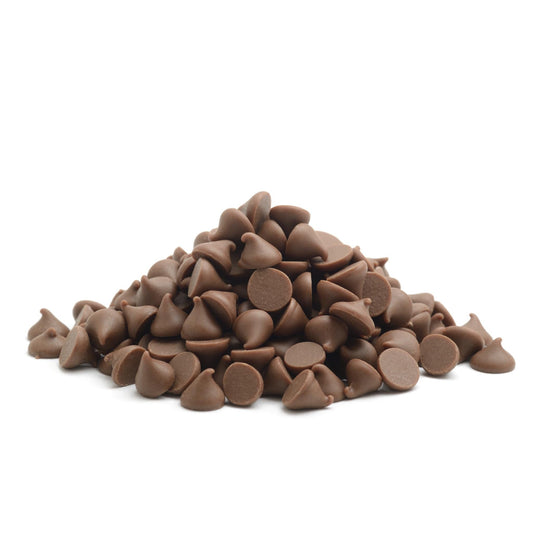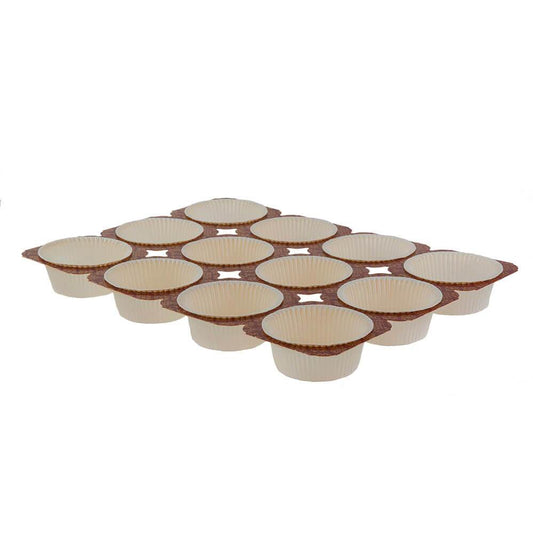When it comes to baking and cooking, particularly bread-making, achieving the perfect loaf can feel like an art form. While the basics—flour, water, yeast—are essential, additional ingredients like dough conditioners and bread improvers help bakers achieve consistency, speed, and quality. But what exactly are these substances, and how do they differ? Let’s go over the roles of both, their benefits, and when to use or avoid them.
What Are Dough Conditioners?
Dough conditioners, also known as dough enhancers, are ingredients that improve dough's performance and consistency. They simplify the bread-making process by improving texture, shelf life, and rising time. A conditioner is typically a blend of various agents, including reducing agents, oxidizers, emulsifiers, and enzymes. These components work together to alter dough properties, making it easier to handle and producing more consistent results.
Common Uses in Baking:
Dough conditioners speed up the rising and proofing process, allowing for faster bread production.
They strengthen gluten, leading to better gas retention and a softer crumb.
Conditioners are often used in commercial bread production to create a uniform product with a consistent texture.
Benefits of Using Conditioners:
They save time by reducing kneading and proofing time.
They improve the bread's volume and symmetry, giving it a more professional appearance.
Conditioners extend the shelf life of baked goods by delaying the staling process.
What Are Bread Improvers?
Bread improvers are similar to conditioners but are generally more focused on altering the specific texture and handling properties of the dough. Improvers may consist of emulsifiers, enzymes, or other ingredients designed to change how dough behaves during the baking process. While dough conditioners are more focused on enhancing the overall dough, bread improvers target specific properties like crust development or crumb softness.
Common Uses in Baking:
Bread improvers are often used when bakers need more control over the dough’s texture or elasticity.
Improvers are useful for achieving specific outcomes, such as a crispier crust or a softer crumb.
Benefits of Using Improvers:
Improvers make it easier to shape and handle the dough, reducing the likelihood of tearing or shrinking.
They can fine-tune the characteristics of the bread, making it more suited to different baking environments and recipes.
Key Differences Between Conditioners and Improvers
While both conditioners and improvers aim to improve the quality of dough, there are some key differences:
Purpose: Conditioners focus on the overall dough performance, while improvers are used to tweak specific properties like elasticity or crust crispness.
Components: Conditioners often contain a blend of agents (e.g., oxidizers, emulsifiers, enzymes), while improvers are more focused on individual adjustments.
Applications: Conditioners are widely used in high-speed commercial production to create consistent results. Improvers are often used in more specialized baking, such as creating artisan-style breads.
Similarities Between Conditioners and Improvers
Both help speed up the bread-making process by improving dough’s handling and quality.
Both are typically used in small quantities, meaning they don’t significantly impact the nutritional content of the final product.
Both can improve gas retention, ensuring that the dough rises properly.
When to Use Each
Knowing when to use conditioners and improvers depends on the specific goals of your recipe.
When to Use Dough Conditioners:
In high-volume or commercial baking environments where consistency and speed are key.
When you need to reduce proofing time or improve dough elasticity.
For recipes that require a longer shelf life, such as sandwich bread or rolls.
When to Use Bread Improvers:
When you're aiming for a specific texture, such as a crusty loaf or a very soft crumb.
In cases where the dough needs extra strength, such as when working with whole wheat or rye flours, which can weaken the gluten structure.
For artisan-style breads that require a more controlled, nuanced baking process.
When Not to Use Conditioners and Improvers
While conditioners and improvers can be helpful, there are times when they aren’t necessary or even recommended.
In Artisan Baking: Traditional artisan bakers often avoid conditioners and improvers to maintain the authenticity of their bread, preferring longer fermentation times and natural methods to develop the dough.
When Flavor Matters: Improvers and conditioners can sometimes alter the flavor of bread, especially if used in excess. In delicate recipes, where flavor is critical, you might want to skip these additives.
The Benefits of Natural Dough Additives
If you're looking for alternatives to commercial conditioners and improvers, there are several natural options to consider. Ingredients like eggs, honey, and lecithin can all act as natural dough conditioners, improving texture and moisture without the need for commercial additives.
Eggs: Add structure, moisture, and richness to dough.
Honey: Acts as a natural preservative and sweetener, while also feeding the yeast for a better rise.
Lecithin: Found in eggs and soy, lecithin improves dough texture and helps retain moisture.
Both dough conditioners and bread improvers play an essential role in modern baking, particularly in commercial settings where consistency, speed, and shelf life are crucial. Conditioners improve the overall performance of dough, while improvers tweak specific elements like elasticity and crust texture. By understanding the differences, similarities, and applications of each, bakers can make informed decisions about which product to use, and when to avoid them for more natural, artisan-style creations.









